Hailing from Westfield New Jersey, please give Mike Savad a warm welcome. Mike has a unique and extremely professional approach to creating HDR images. Most HDR photographers create their image in Photomatix and do a slight to great deal of post processing in Photoshop. Mike’s method is far more advanced as the title suggests, Advanced HDR Technique. There is no need to question why he goes into such great detail, your answers are nesting in the details of his stunning images. Here is the interview with Mike, as well as a few of his pieces. Be sure to check out his portfolio, tutorials, and print store websites. I learned a massive amount from hit Advanced HDR Technique tutorial.
Why HDR?
HDR is different (or at least it was, it kind of caught on and stuck). It’s neat, it allows you to see the world in a hyper real, or surreal way. It allows one to see detail in areas that you might have missed if you were actually there. It’s a newer art form that allows you the artist to create your own methods and your own style that is unique to you. As one advances in photography, it seems that at a certain plateau the work just all seems to look the same. Not all people are like this as each individual may have caught on in a different way. But for the rest when you look at their work you can’t tell who shot what, because it all looks the same. HDR allows you to create a certain unique mood that many cannot duplicate.
What level of photographer do you consider yourself?
Which level… Hard question. I don’t make a living, but I do make money at it. Some say I’m a pro, and others think I’m a cheat because I don’t use the “right” lighting, or the “right” exposures and so forth. Calling me a hack because I rely on post processing – where as they get it from the store that does the exact same thing. And yet while I could call myself a pro – I can’t, because a pro would already know everything there is to know, and I’m still learning new methods and refining technique. So in this case I would let the viewer decide if I’m a pro or not, since everyone has their own definitions.
What does HDR do for you and your artwork?
It allows me to explore textures, and small details. It allows me to show others not just what I saw, but how I envisioned it. And it creates a unique styling that people can recognize at a glance. Also the shadow that is usually created in an HDR program lends itself to antique type images quite well; which works well with the pictures I’m able to take.
Your first run-in with HDR?
Quite a few years ago. I might have seen it in a contest somewhere maybe 4 years ago. I think at that time the Dragen look was in, but it was hard to do since you had to hand draw in contrasts, and I didn’t have a pen. And when making a real HDR, it was just like a magic spell. When done right, things just popped off the screen in a new way.
A couple of words about your process…
The tutorials I write cover it better than a few mere words. But the synopsis: I shoot everything by hand. I used to use a tripod but found it awkward, bulky, and just a pain to use. It also restricted my movement, angle, and made me the center of attention – which I hate. I started with Photomatix, and I did like the results, but found as I used it, it made a lot of noise, and created blow outs, sprites, and all sorts of defects that had to be fixed later on. But I do like the tone mapping, as it can create great detail on some images. When Photoshop released alignment, this was my key to creating hand held shots and getting them to line up. Now I process my RAW files in Photoshop, then if I need to, I will make a new copy of the layers and make a HDR from Photomatix to be used as a texture layer.
The rest is a combination of adding new highlights, shadows, and glints to add a certain personality. My overall goal is to create something that looks more like an oil painting than a photograph.
Anything else you would like to add?
I’d just like to add that, just a personal thing. Don’t call it an HDR if it isn’t. You can take a single image and mush it through an HDR program, but that doesn’t make it a real HDR. In fact it hurts the name HDR. While I try to refine the process, people are making anything and calling it that. There are many people that simply HATE HDR photos because they often look terrible afterward. Too rich in saturation, shadows too dark, highlights too bright, and so forth. killing the cool look a real HDR can create.
There is no way of course to stop bad HDR from coming through. I just wish people looked at their own work with a critical eye and say that it looks good or not. That it doesn’t look too dark, too bright, blurry, colorful, etc. And if it’s a single image, say what it is, don’t call it an HDR when it isn’t one.
Where you can find Mike:
Sample Works:

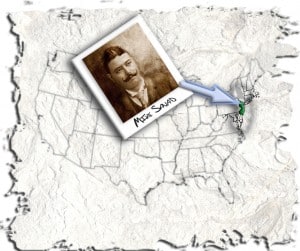
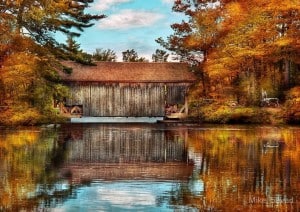
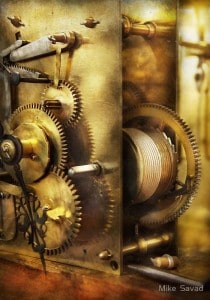
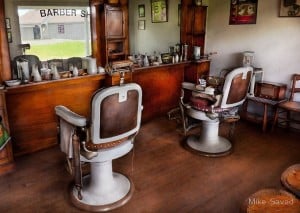
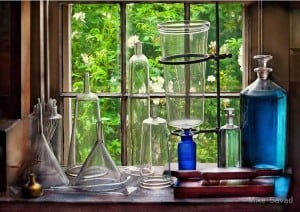








Your photographic abilities make me hang my head in shame. Hopefully some day I will be as good as you.
Pseudo HDR, single file HDR, fake HDR, not-real HDR….are not the only ones that hurt the name HDR – some “REAL HDR” hurt it too.
Artists/photographers can take 3 proper RAW exposures – but some of them can still have rich saturation, dark shadows, blown out highlights, etc…because of other factors like poor exposures, poor tone mapping/post processing skills, etc & ultimately poor composition to start with.
What’s “bad HDR” (in my opinion) is not whether it’s from a single file exposure or from 3 RAW exposures, jpeg or RAW, with tripod or handheld, photomatix or dynamic HDR……etc — it’s “bad HDR” when they claim it’s HDR and it just looks horrible!
I agree. I have actually taken many long exposure images that already have the quality of high dynamic range without ever getting run through an HDR program. It is all subjective. What I love about new methods in any art form are the very strong opinions that get formed in the creation process, like Mike’s above. It is as if taking ownership of the “new” thing make the art of the artist better.
Thank you! I am glad to hear that! Monday, Wednesday, and Friday! I try to make it the place to be, Thank you for following!